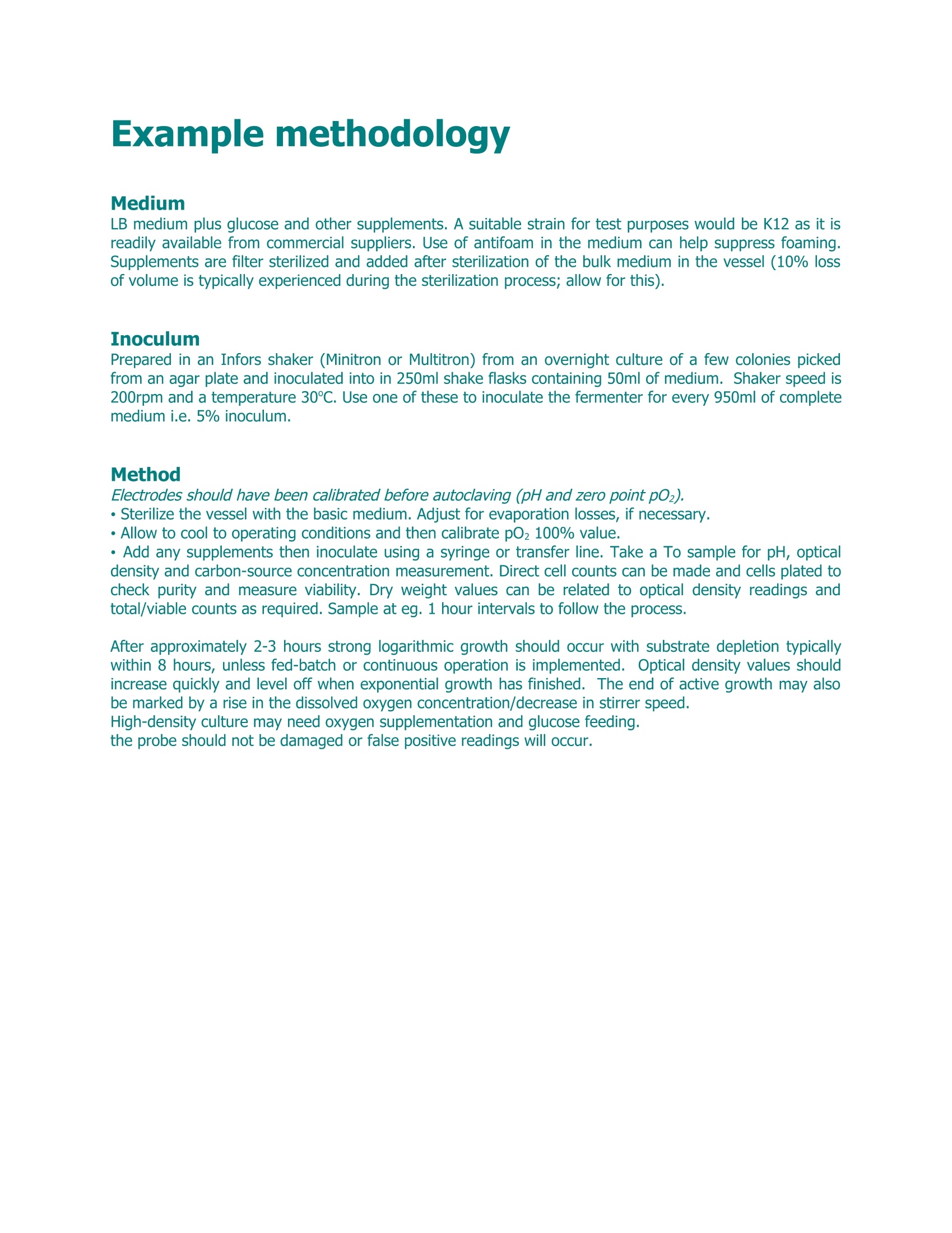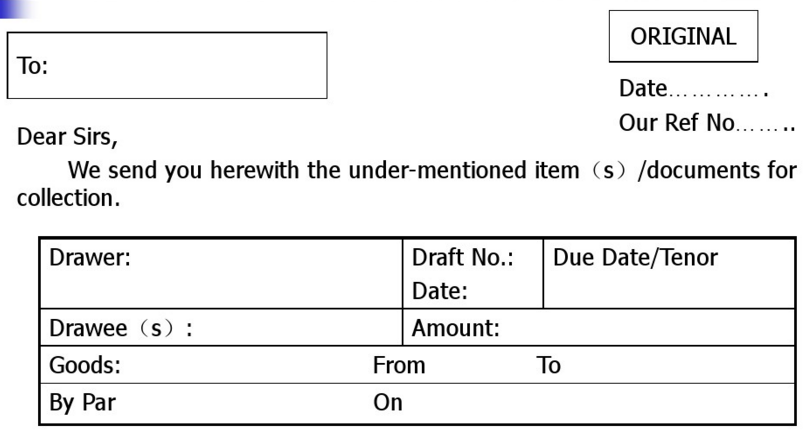and a detailed description for your request:
Guide or Summary:Prime Rib Recipe Well DoneChoosing the Right CutSeasoning the Prime RibPrepping the OvenSearing the MeatSlow RoastingResting the MeatCarvin……
Guide or Summary:
- Prime Rib Recipe Well Done
- Choosing the Right Cut
- Seasoning the Prime Rib
- Prepping the Oven
- Searing the Meat
- Slow Roasting
- Resting the Meat
- Carving the Prime Rib
- Serving Suggestions
- Storing Leftovers
**Title: The Ultimate Guide to Cooking a Perfect Prime Rib Recipe Well Done**
Prime Rib Recipe Well Done
Cooking a prime rib to a well-done state can be a daunting task, especially when you want to retain its juicy and flavorful essence. While many culinary enthusiasts prefer their prime rib cooked to medium-rare, there are those who enjoy their meat fully cooked through. This guide will walk you through the steps to achieve a perfectly well-done prime rib that remains tender and delicious.
Choosing the Right Cut
The first step in preparing a prime rib recipe well done is selecting the right cut of meat. Opt for a well-marbled prime rib roast, as the fat content will help keep the meat moist during the long cooking process. A bone-in rib roast is also a good choice, as the bones add flavor and help retain moisture.

Seasoning the Prime Rib
Seasoning is crucial for a prime rib recipe well done. Start by generously seasoning the roast with kosher salt and freshly ground black pepper. You can also create a seasoning rub with garlic powder, onion powder, rosemary, and thyme. Rub the seasoning all over the meat, ensuring it gets into every nook and cranny.
Prepping the Oven
Preheat your oven to 450°F (232°C) to sear the outside of the roast, which helps lock in the juices. Place the seasoned prime rib on a roasting rack in a large roasting pan. This setup allows for even cooking and prevents the meat from sitting in its own drippings, which can make it soggy.
Searing the Meat
Place the prime rib in the preheated oven and roast for 15 minutes. This initial high-heat sear will create a flavorful crust on the outside of the meat. After 15 minutes, reduce the oven temperature to 325°F (163°C) for the remainder of the cooking time.
Slow Roasting
Slow roasting is key to achieving a prime rib recipe well done without drying out the meat. Cook the roast at 325°F (163°C) until the internal temperature reaches 160°F (71°C). Use a meat thermometer to check the temperature in the thickest part of the roast, avoiding contact with the bone. This process can take several hours, depending on the size of your roast.

Resting the Meat
Once the internal temperature reaches 160°F (71°C), remove the prime rib from the oven and tent it loosely with aluminum foil. Allow the meat to rest for at least 20-30 minutes. Resting is crucial as it allows the juices to redistribute throughout the meat, ensuring a moist and flavorful prime rib recipe well done.
Carving the Prime Rib
Carving a well-done prime rib requires a sharp knife and a steady hand. Start by removing the bones, if your roast is bone-in. Slice the meat against the grain into thick, even slices. This method ensures each slice is tender and easy to chew.
Serving Suggestions
A prime rib recipe well done pairs beautifully with a variety of side dishes. Consider serving it with creamy mashed potatoes, roasted vegetables, or a fresh green salad. A rich au jus or horseradish sauce can also complement the flavors of the well-done prime rib.
Storing Leftovers
If you have leftovers, store them properly to maintain their quality. Wrap the meat tightly in aluminum foil or place it in an airtight container and refrigerate for up to 3-4 days. You can also freeze the leftovers for up to 3 months. To reheat, gently warm the slices in a low oven (250°F or 121°C) to avoid overcooking.

In conclusion, achieving a prime rib recipe well done is all about patience and attention to detail. By following these steps, you can ensure your well-done prime rib is tender, juicy, and full of flavor, making it a delightful centerpiece for any meal.